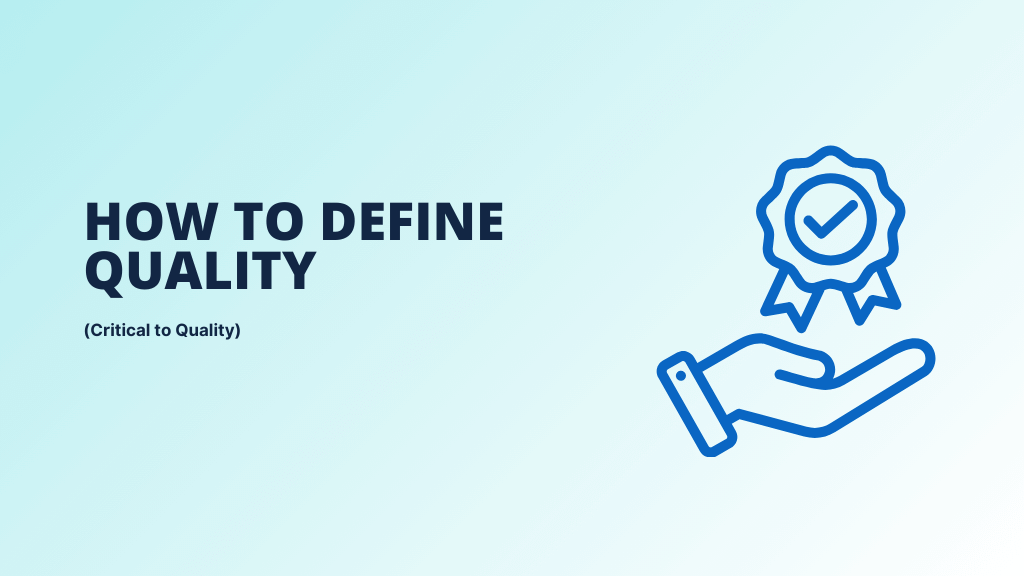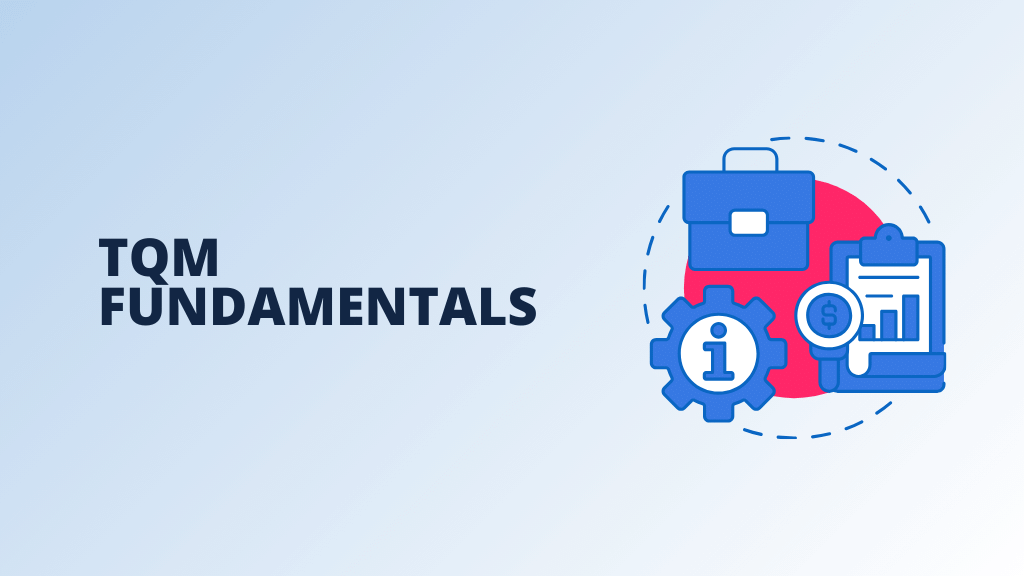Hello everyone, in this post we will talk about how to define quality.
Our learning from this post are to be able to define quality as relative to a set of requirements. And quality in terms of customer expectations.
We want to be able to describe quality losses.
These losses are associated with not producing quality products, and the economic.
Which is arising from producing quality products through the use of quality methods.
And finally, we will look at a view and history of quality.
But first,

How can we define quality?

One of the most famous definitions is by Dr. Joseph M. Juran, Known as fathers of modern day Quality Management.
He is known for incorporating the human aspect of quality management.
Dr. Juran stated that, Quality means fitness for use.
However a more precise definition, we could say is fitness for use and meeting or exceeding customer expectations.
Also, another definition of quality which is worth quoting is from Dr. A Blanton Godfrey. A modern day quality guru, and in a 2002 article he says,
The most fundamental truth is that, Quality is relative; the customer focus is simply on value, seeing it as a ratio of quality over price and only when we offer more value than our competitor, do we really succeed.
Professor Godfrey, A. Blanton (2002), “What is Quality?” Quality Digest, January, pp. 12.
And this definition, goes beyond the idea that,
Quality is simply being fit for customers’ use.
Quality includes customer satisfaction.
And it includes efficiency in production and price competitiveness.
Also it conveys the idea that, not only is it enough for customers to make the products with the right characteristics. But, the business needs to make a profit.
It needs to be successful as an enterprise, in order to truly have quality.
Now, of course as we all know there’s very many different dimensions of quality.
Dimensions of quality
This, of course reinforces the idea that to define quality is very difficult, so cannot do this in just one simple sentence.
Quality may have different meanings for different products.
Even for the same product, has different meanings for different users, for different markets.
For example,
- You may be interested in the performance.
- How fast something goes.
- How smooth something sounds.
- How sharp something is.
- How wide something.

You may be interested in the reliability; how long does something last.
Similarly you may be interested in the durability of a product, or how easy it is to service.
Today, people are also looking at a new dimension; Sustainability.
How much does our own product impact the environment? How much wastes does it generate?
The quality must be defined for each product, based on the particular customer needs.
What they want in the product and this has to be done through measurable characteristics, and their limits of variability.
What is Critical to quality (CTQ)

So for complete definition of product quality,
We need to stress the importance of identifying the needs and expectations of a customer.
The product designer will take these needs and expectations.
Then, the targets and the limits of these variations, for these features will be selected so that, the product can be produced at a reasonable cost, while meeting the customer needs.
These products features which must be measurable.
To these features we called as critical to quality characteristics (CTQ).
Also the quality is related to the requirements.
These should be functional requirement, aesthetic requirement.
For example,
If we cannot meet the quality of product related to CTQ parameter. Then there will be a breakdown and will leads to loss of function.
Similarly we have subjective requirements, aesthetic, optical requirements.
That aren’t essential to the function of the product but, could have very important quality aspects.
And as we said, quality must meet needs or exceed customer expectations but, what does Non-Quality mean?
What do we mean by Non-Quality?
What is Non-Quality?
And here, we have a quote from Warren Buffett,
It takes 20 years to build a reputation and five minutes to ruin it.
If you think about that, you’ll do things differently.
And we look at this, in terms of quality costs;
Let’s go back though, what was the past view?
Past view of quality
Quality Management meant simply, the product would come out of the line, would be inspected, and then either scrapped, or possibly reworked.

Preconception was that, quality means to test, it means additional resources used for testing, time used for testing.
This is very costly, this reduces your throughput, cost manpower and it’s very very reactive.
Something has happened and therefore, we either have to scrap or we can maybe rework.
But things have changed since then, and we’re going to go through now.

History of quality
The major milestones that have happened in the quality management movement since the 1900s.
Let’s start in the early 1900s, when Henry Ford began the mass production of automobiles, the Ford Model
Fisher was working on improving agricultural yields, using designed experiments.
And later we had Dr. Taguchi, also working on the development of designed experiments for product and process engineering. In 1940s in World
War II, we saw the use of statistical methods by the military in the U.S. for the production of goods and ammunition.
And after the war, in the 1950s, there was a development of the science of reliability. Which is why our products today last so long.
For example, in 1950s, Edward Deming, he was a colleague of Dr. Shewhart. He went to Japan as part of their post-war rebuilding efforts.
And he brought Dr. Shewhart ideas of process control to the Japanese industry.
In particular to the automobile industry. We also had the publication of Dr. Joseph
But then, of course we come to the famous Toyota Production system. Which plays a huge role in quality management.
This developed the basis for what we call today, lean manufacturing and here yes, Edward Deming played an important role in this development.
And we need to mention of course ,the engineer Taiichi Ohno.
He’s considered to be the father of the Toyota Production system. Developing ideas such as the seven forms of waste, and just-in-time production.
We also have the Ishikawa diagrams, by Professor Ishikawa at the University of Tokyo. Looking at causes and effect analysis and while all these things are going on.
The Japanese automobile industry surged, to become a huge competitor to the big US automakers.
Now, what was actually happening in the U.S. that’s another interesting story.
1901
In the 1901, though it was not following these these amazing changes that was happening in Japan, but in 1980 Motorola made a huge step.
Bill Smith engineer, introduced the Six Sigma methodology, a data-driven, systematic problem solving approach, for process improvement, following the DMAIC cycle.
1987
In 1987, there was the creation of standards for Quality Assurance, by the International Organization for Standardization (ISO).
That was then at the time called ISO 9000 and today, we see the acceptance of quality, as a critical, strategic parameter, in business planning.
And we, as consumers we have a huge awareness of quality. We are interested in as we said different aspects of quality.
We are interested in the reliability, we’re interested in the performance and today, more and more also interested, in how our products affect the environment.
We’re interested in sustainability.
We want to look very briefly now at quality costs,
Cost of Quality
So a quality cost study summarizes any economic losses.
That occur in an organization because of not producing quality products.
Quality cost also then highlight the potential for gain, which would arise from producing quality products, through the use of quality methods.
And in such a study, you would need to collect data on different types of costs, in order to generate a measure called, the total quality cost or TQC.
You can learn more in details about the cost of quality.






